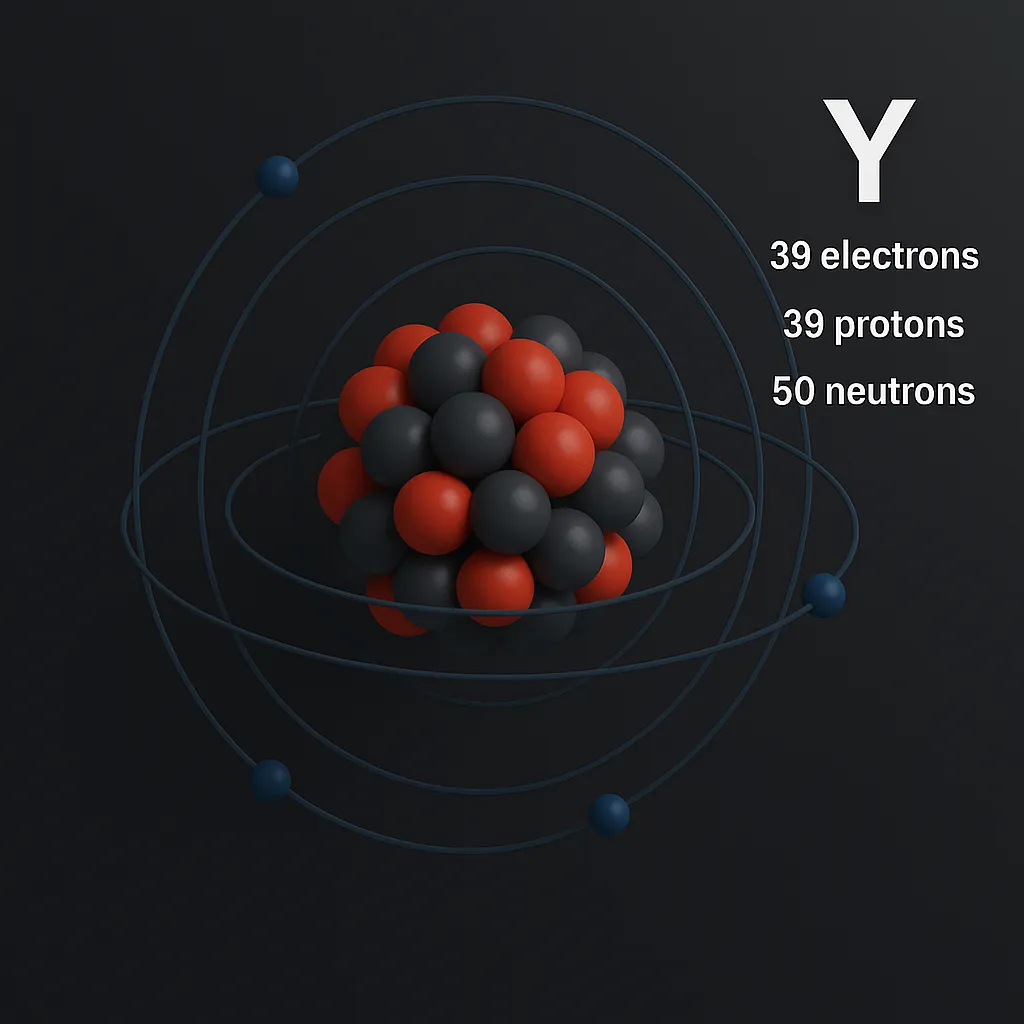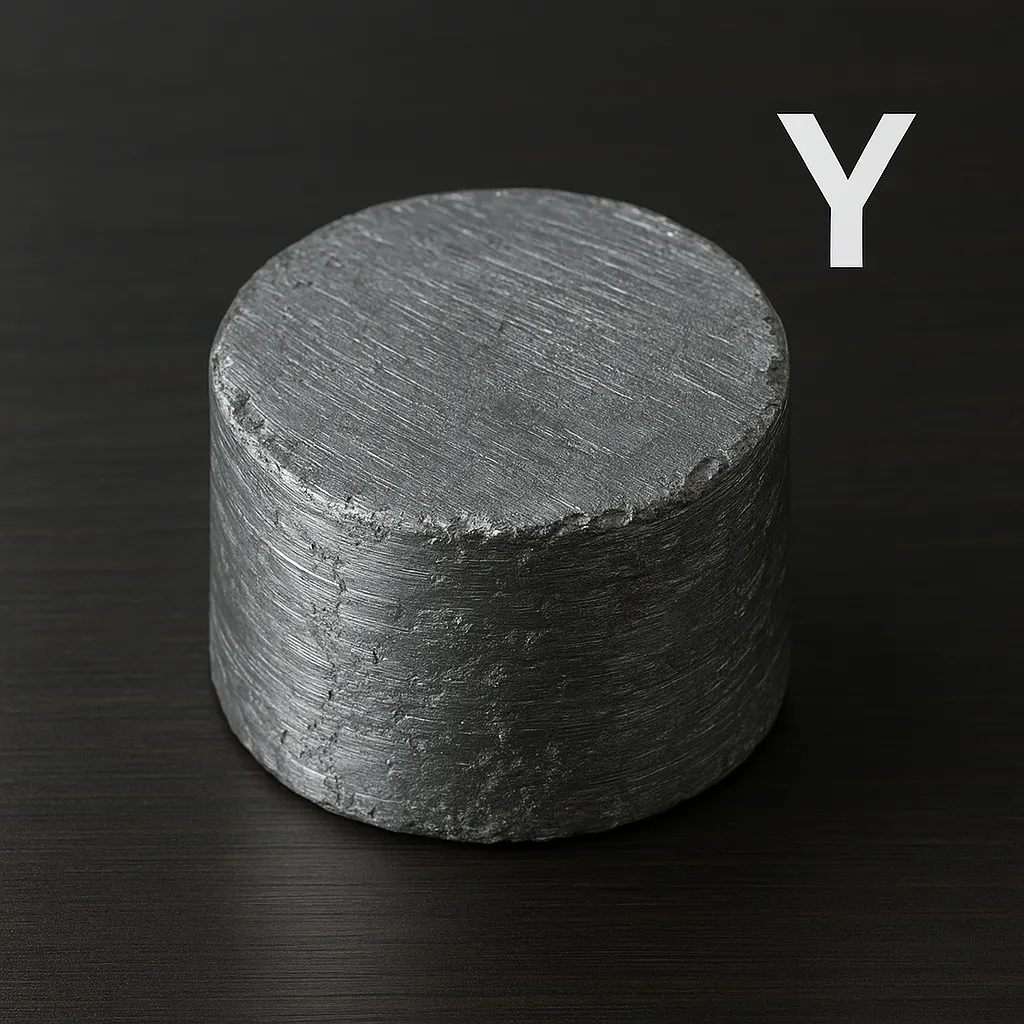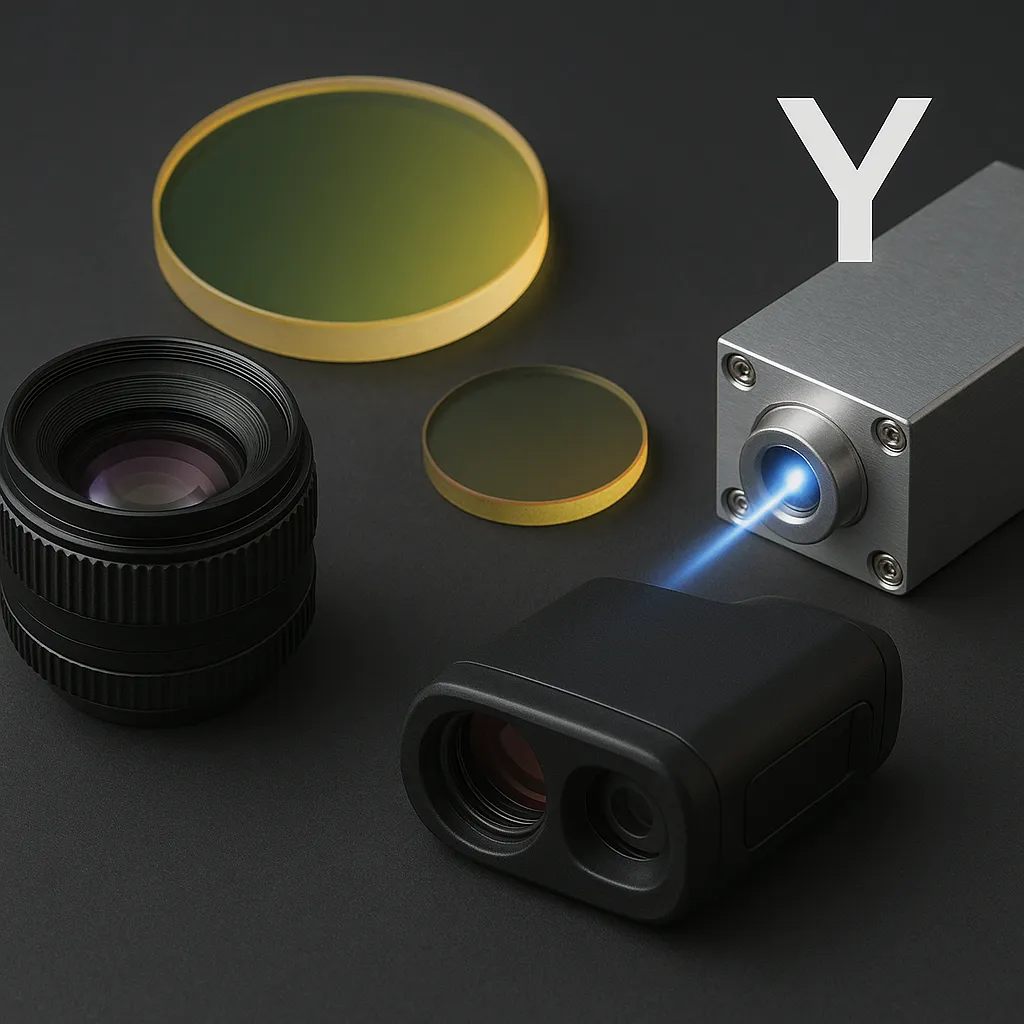Introduction
Ever heard of Yttrium? It’s not exactly a household name, but this shiny, silver-gray metal sitting at number 39 on the periodic table is a quiet hero in the world of science and technology. Discovered over two centuries ago, Yttrium might sound like something out of a sci-fi movie, but it’s very much a part of our everyday lives—think smartphones, lasers, and even cancer treatments. Its unique properties make it a go-to element for cutting-edge Yttrium applications, and its story is full of fascinating twists, from its discovery in a Swedish quarry to its role in modern gadgets.
What makes Yttrium so special? For starters, it’s a rare earth element, a group of metals that are trickier to find than your average iron or copper. Despite the name, “rare” doesn’t mean it’s impossible to get—it’s just scattered in small amounts across the Earth’s crust. This article will take you on a journey through Yttrium’s history, its cool Yttrium properties, and how it’s shaping the tech and medical worlds. Let’s dive in and uncover why this under-the-radar element deserves a spotlight!

Discovery and History
The story of Yttrium kicks off in 1794 in a small Swedish village called Ytterby—yep, that’s where the name comes from! A Finnish chemist named Johan Gadolin stumbled upon a new mineral in a local quarry, which he called ytterite. After some digging (pun intended), he isolated an oxide of a new element, and thus, Yttrium was born. This Yttrium discovery was a big deal because it opened the door to finding other rare earth elements, many of which were also named after Ytterby, like Ytterbium and Terbium. Pretty cool for a tiny village, right?
Fast forward to the 19th century, and scientists were still figuring out what to do with Yttrium. It wasn’t until the 20th century that its potential started to shine. Early on, Yttrium was mostly a lab curiosity, used in small-scale experiments to understand its chemistry. But as technology advanced, so did interest in this element, especially in electronics and lighting. The journey from a quirky Swedish find to a high-tech staple is a testament to how science can turn obscure discoveries into game-changers.
Today, Yttrium’s historical roots remind us how far we’ve come. That little quarry in Ytterby is now a scientific landmark, and Yttrium’s legacy continues to grow as researchers uncover new ways to use it. From its humble beginnings to its modern-day stardom, Yttrium’s history is a blend of curiosity, persistence, and innovation.

Physical and Chemical Properties
Let’s get to the nitty-gritty of what makes Yttrium tick—its Yttrium properties. Physically, Yttrium is a soft, silvery metal that’s light enough to feel almost airy but tough enough to handle high temperatures. It’s got a melting point of about 1,526°C (2,779°F), which means it can take the heat in some pretty extreme environments, like jet engines or industrial furnaces. Its density is also relatively low for a metal, making it a great pick for lightweight alloys.
Here’s where things get interesting: Yttrium is called a rare earth element, but it’s kind of a misfit in that group. Chemically, it’s super similar to the lanthanides, a series of elements like Cerium and Neodymium, because it forms similar compounds and reacts in much the same way. But structurally, Yttrium’s lighter and sits outside the lanthanide series in the periodic table, making it more like a distant cousin than a full member of the club. This unique Yttrium properties combo makes it a bridge between different chemical families.
Chemically, Yttrium is a team player. Its atomic number is 39, with 39 protons and a stable electron configuration that makes it fairly unreactive in everyday conditions. But toss it into a lab with some oxygen or halogens, and it’ll form compounds like Yttrium oxide or Yttrium fluoride, which are super useful in Yttrium applications like ceramics and lasers. Its ability to play nice with other elements is why it’s so versatile.
One standout feature is Yttrium’s ability to form crystals that are both strong and transparent. This is why it’s a star in things like synthetic garnets, used in everything from jewelry to high-powered lasers. It’s also got a knack for resisting corrosion, so it holds up well in harsh environments. These traits make Yttrium a favorite for engineers looking for materials that can multitask.
Oh, and here’s a fun fact: Yttrium is mildly radioactive in some of its isotopes, like Yttrium-90, which is used in medical treatments. Don’t worry, though—the stable version, Yttrium-89, is perfectly safe and makes up nearly all the Yttrium you’ll find in nature. These diverse traits give Yttrium a unique edge, bridging chemistry and real-world innovation.

Applications in Modern Technology
Now, let’s talk about where Yttrium really shines: its Yttrium applications in today’s tech-driven world. One of the biggest stars is Yttrium iron garnet (YIG), a material used in microwave devices and radar systems. YIG’s ability to manipulate electromagnetic waves makes it critical for communication tech, like the satellites that keep your GPS on point. Without Yttrium, our world would be a lot less connected.
Yttrium also plays a huge role in lighting and displays. Ever notice how vivid the colors are on your TV or smartphone screen? Thank Yttrium for that! Yttrium compounds, like Yttrium oxide, are used in phosphors that create bright, crisp reds in LED and plasma screens. These Yttrium uses extend to energy-efficient lighting, too, like those old-school fluorescent bulbs that helped cut down on electricity bills.
In medicine, Yttrium steps up in a big way. Yttrium-90, that mildly radioactive isotope we mentioned, is a rockstar in cancer treatment. It’s used in targeted radiation therapies, where tiny beads loaded with Yttrium-90 are sent straight to tumors, zapping cancer cells without harming healthy tissue. This kind of precision is a game-changer for patients and doctors alike, showcasing Yttrium applications in life-saving tech.
Looking to the future, Yttrium’s potential is pretty exciting! Researchers are exploring its role in quantum computing, where Yttrium-based superconductors could help build ultra-fast, ultra-powerful computers. There’s also buzz about Yttrium in next-generation batteries, where Yttrium-doped materials might boost energy storage for electric cars and renewable energy grids. These cutting-edge Yttrium applications are still in the lab, but they hint at a bright future for this versatile element.

Environmental and Economic Impact
Yttrium might be a tech superstar, but it’s not without its challenges, especially when it comes to the environment. Mining rare earth elements like Yttrium is no walk in the park—it’s energy-intensive and can leave behind toxic waste if not done responsibly. Most Yttrium comes from deposits in China, Australia, and a few other spots, and the extraction process often involves heavy chemicals that can pollute water and soil. As demand for Yttrium applications grows, so does the need for greener mining practices.
Economically, Yttrium is a bit of a double-edged sword. On one hand, it’s a valuable resource driving innovation in high-tech industries, creating jobs, and fueling economic growth. On the other hand, its scarcity and the cost of extraction make it pricey. Supply chain issues, like trade restrictions or mining disruptions, can also send Yttrium prices skyrocketing, which impacts everything from electronics to medical equipment. Balancing cost and availability is a big hurdle for industries relying on Yttrium uses.
The good news? Scientists and companies are working on solutions. Recycling Yttrium from old electronics and developing sustainable mining techniques are gaining traction. Plus, researchers are exploring ways to use less Yttrium in tech without sacrificing performance. These efforts could make Yttrium a more eco-friendly and affordable player in the long run, keeping its benefits accessible without harming the planet.

Leave a Reply